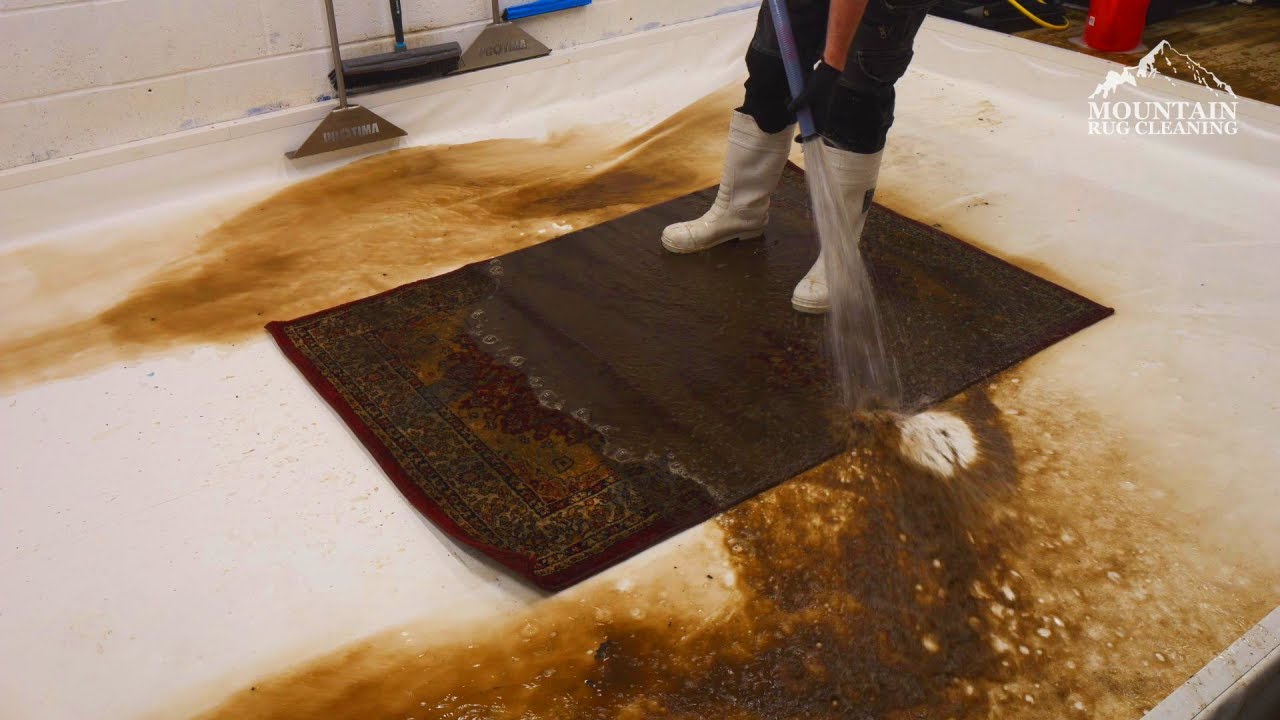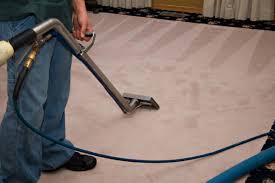The appropriate choice in fundamental repairs and underpinning might be as important as the foundation RECTIFY. The underpinning melbourne clients typically ask if they should use chemical or concrete underpinning. Understanding the benefits of each method will help you choose one that meets your building’s needs and long-term goals.

Traditional concrete underpinning is the tested method. Consider this the underpinning heavyweight champion. The foundation depth or breadth is extended to a more secure soil stratum. While sinking in mud, it’s like discovering solid footing. To build a stronger foundation, we dig under the existing foundations and pour concrete in stages.
Traditional concrete underpinning is about combining ancient and new foundations for longevity. Since concrete takes time to cure, it demands precise calculation, physical labor, and patience. Imagine making a cake with flawless layers otherwise, it will fall apart. Traditional underpinnings are that. It’s reliable and established.
On to chemical underpinnings. Consider this method the dynamic, innovative newcomer to the foundation. Chemical underpinning injects polyurethane resin or similar compounds into the soil instead of enormous amounts of concrete. This resin expands and hardens, instantly boosting soil-bearing capacity. Glueing loose sand makes it strong enough to sustain a hefty sculpture.
Precision is a major benefit of chemical underpinning. Traditional concrete is made in large batches. Chemical underpinning is like using a syringe for precision in a delicate medical procedure. You can stabilize particular parts without compromising the whole structure. Precision saves time, mess, and money over time.
How do you decide? Consider the project size and ground conditions. Traditional concrete may be better for unstable soil or structural support changes. It’s strong, reliable, and extensive, like an anchor for a ship amid rough seas. Chemical underpinning may be your saving grace if you need a quick fix for less serious soil stabilization concerns or need to operate around narrow places without major disturbances.



